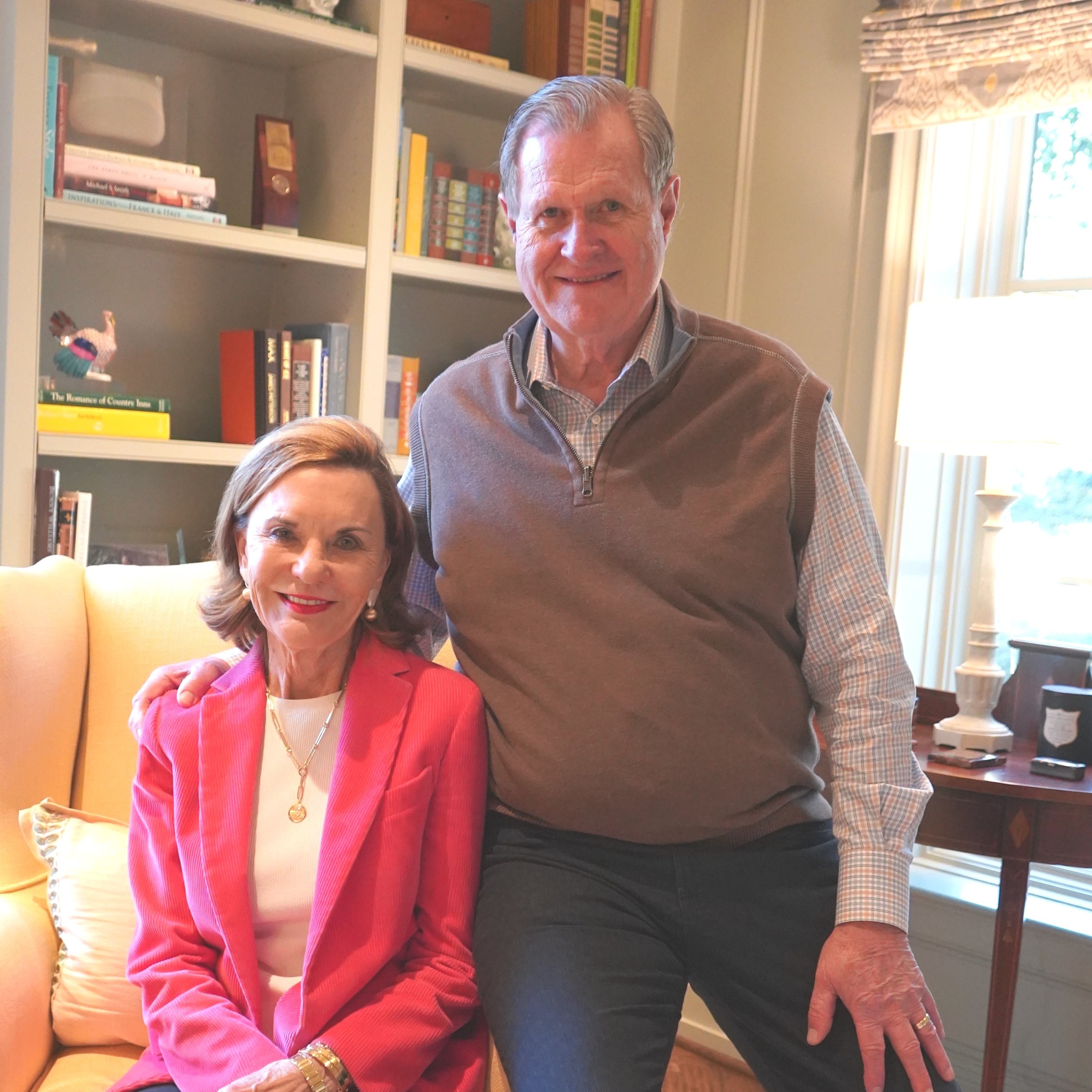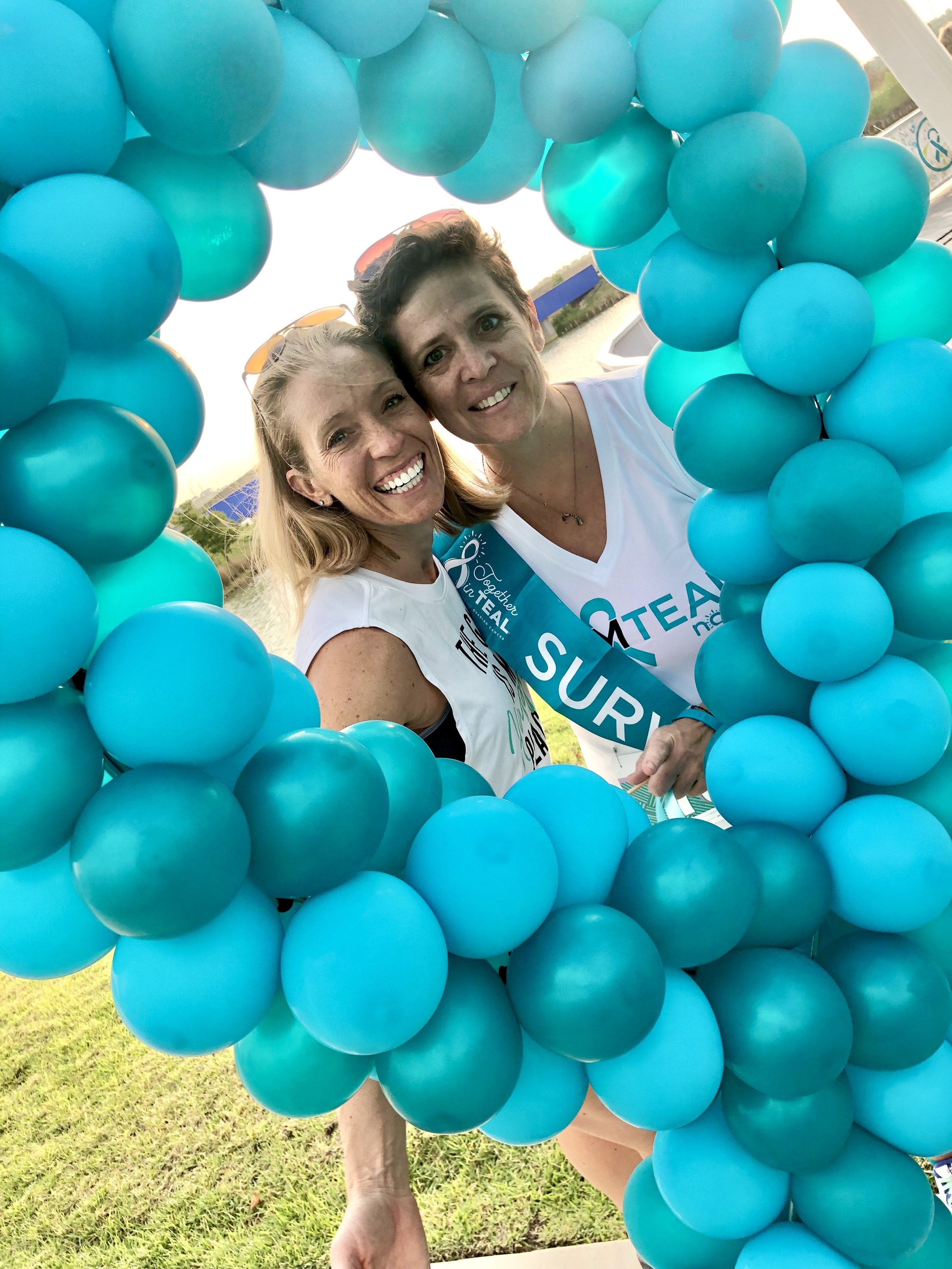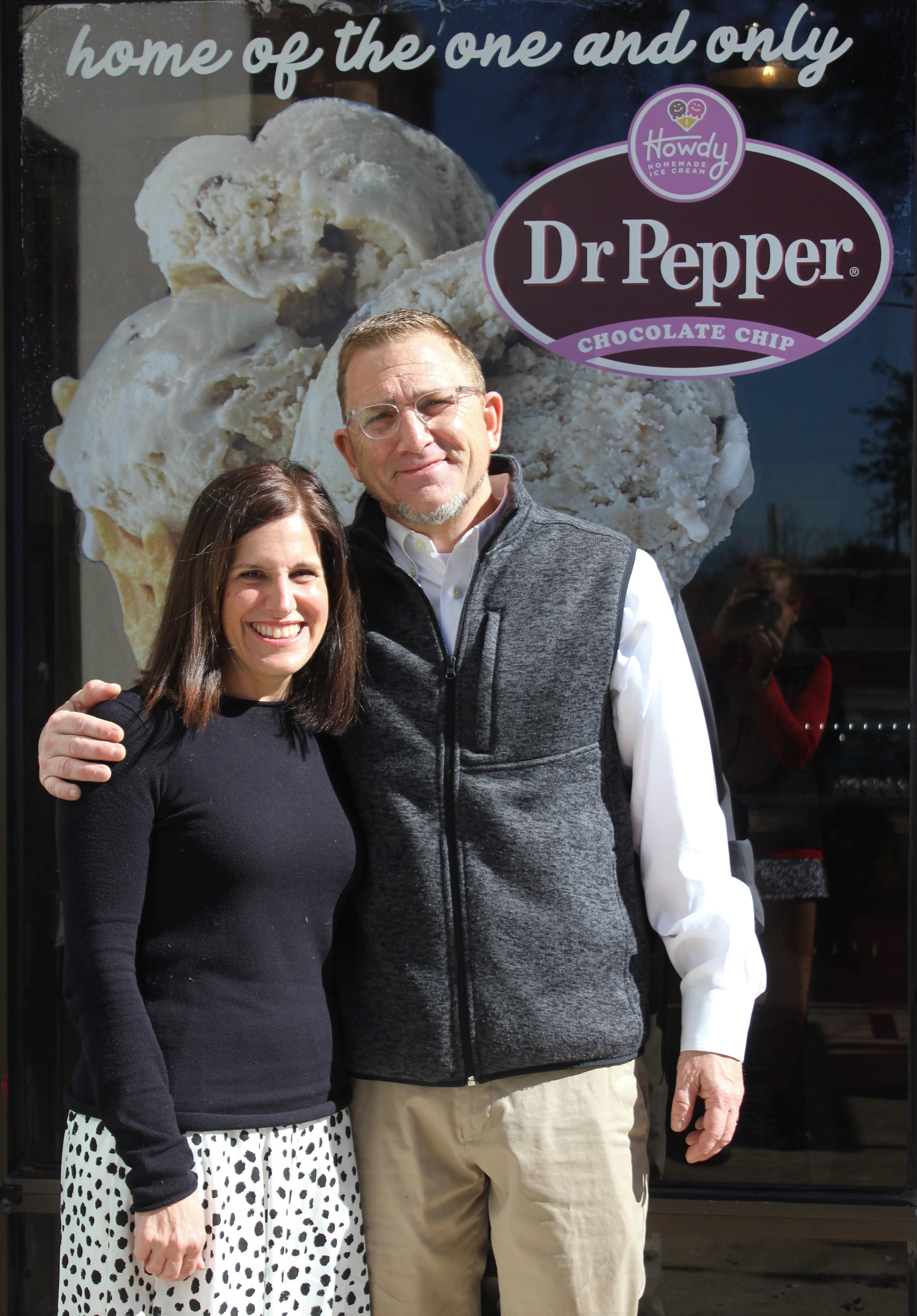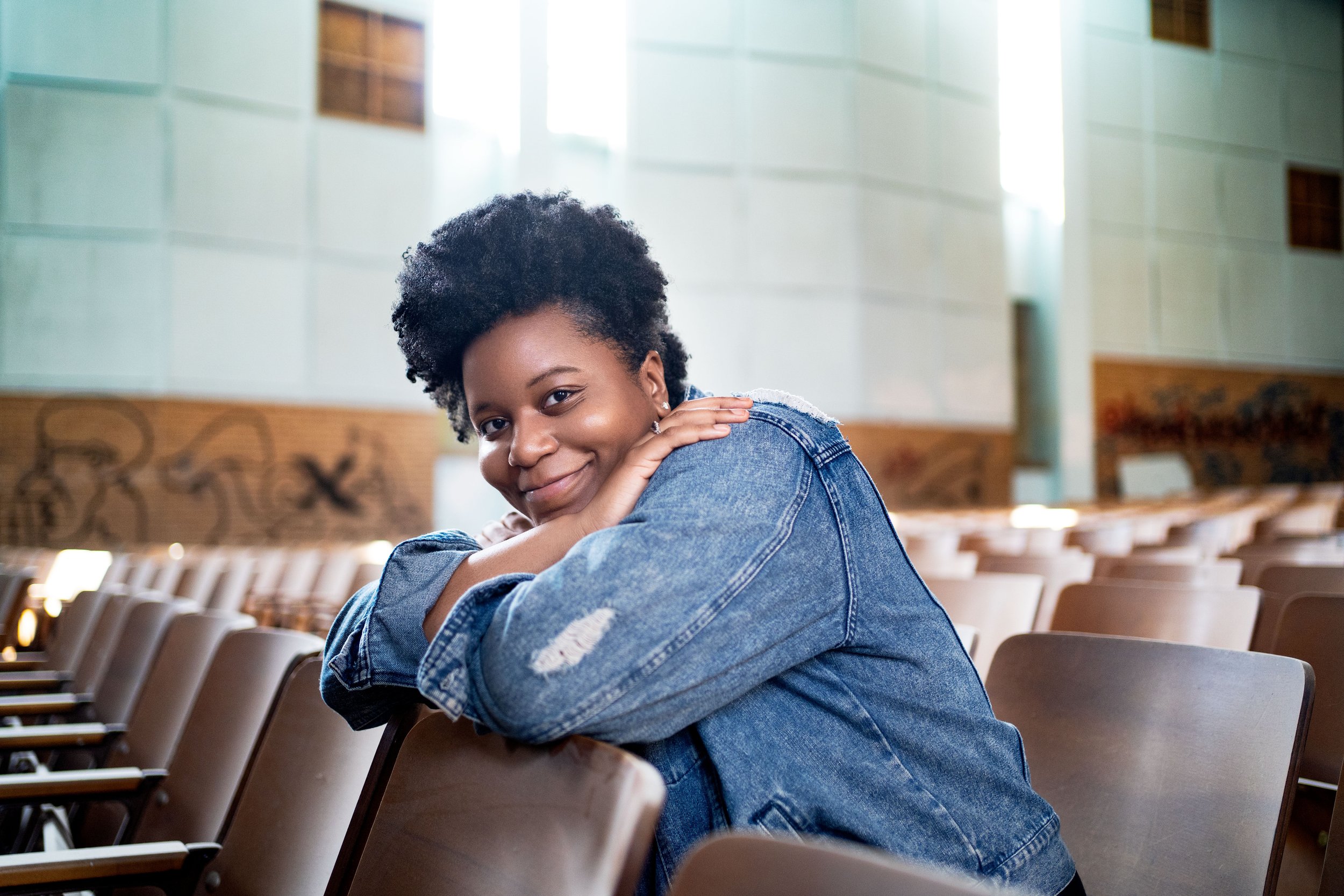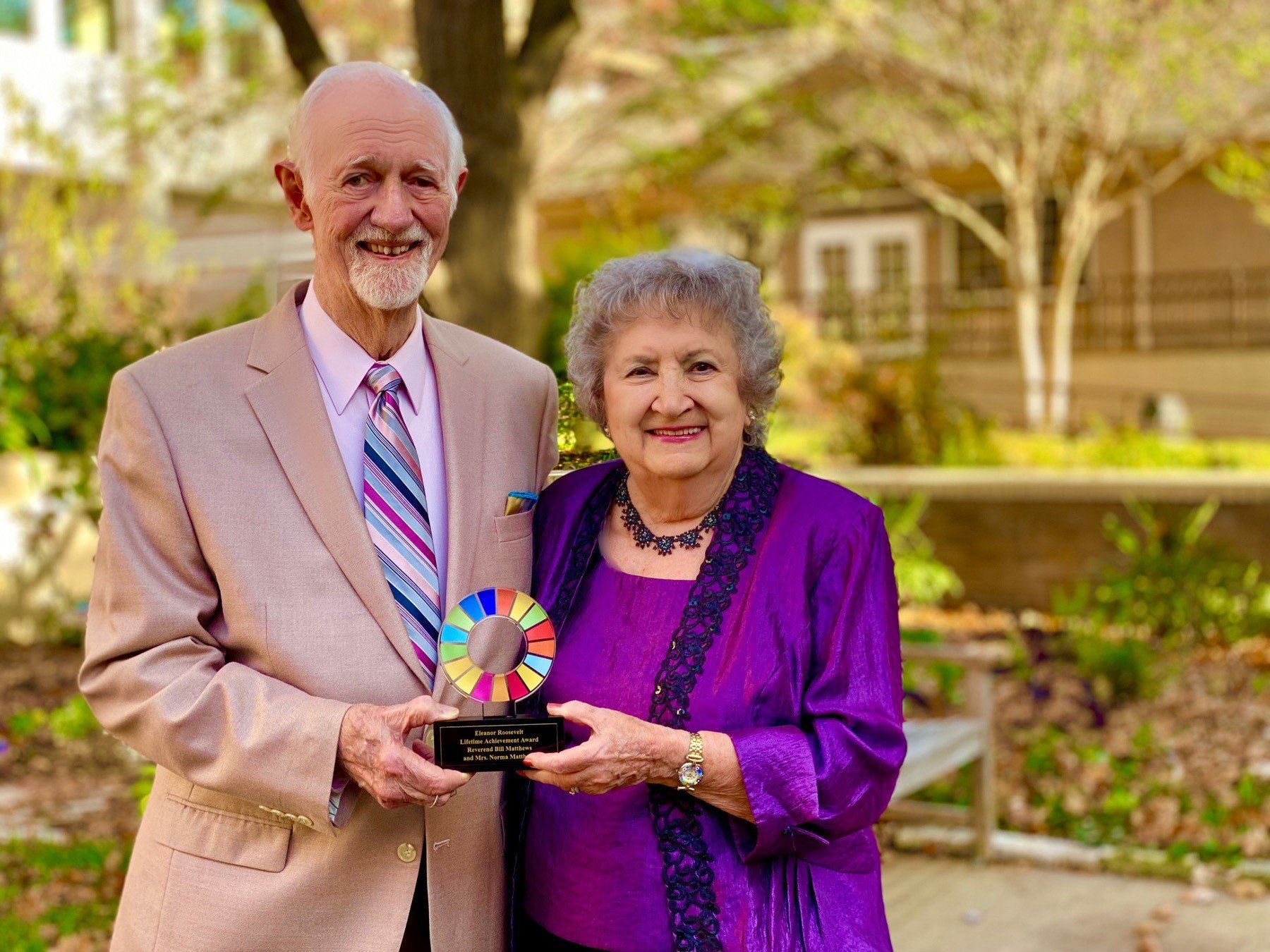Published on December 15, 2021 at 5:53pm.
STORY AND PHOTOS BY JAN OSBORN.
When artist Jennifer Troice created her first helping hands sculptures, she did so to show appreciation to friends and family who helped her through a dark period of time in her life. As her business continued to grow, the helping hands became her signature piece in her philanthropic giving.

Jennifer Troice is a Mexican sculptor who began her artistic career in music, playing the piano and later the harp, an instrument that she studied when she was eleven at the Conservatorio Nacional de Música. Born in Texas, she moved to Mexico with her family when she was nine years old. At the age of 17, Jennifer went through a very traumatic experience that introduced her to art, and, as she started sculpting, she found the healing that would guide her out of a dark season.
While attending high school at the American School Foundation in Mexico City, Jennifer participated in International Baccalaureate art courses, and each semester, the school would bring a different artist in residence to teach photography, painting, or sculpting. Jennifer and one other student trained with the artist (sculptor) and created a sculpture for the school. After learning the basics, she set her sights on becoming a professional sculptor. Still in high school and strolling through the marketplace in Mexico City, Jennifer was captivated by some beautiful bronze sculptures. She approached the artist and, after a conversation, the artist shared the information about the foundries she used. Decades later, she still works with that original foundry to cast her sculptures.
After high school, Jennifer began sculpting in her mother’s garage, creating a three-dimensional model in a small format, followed by a larger metal skeleton built at a foundry. After the skeleton was welded Jennifer began to add the clay and mold in the form she envisioned. The mold was then taken to the foundry for the casting process before the bronze was poured forming the final sculpture. “We would just do all the dirty work in mom’s garage,” Jennifer says.
Photo courtesy of Jennifer Troice.
After a year of sculpting whenever she could find the time, Jennifer began participating in different art fairs and exhibits when a woman walked up to her and purchased a few of the helping hands pieces, asking a lot of questions about the design. A few months later, the same woman reached out to Jennifer and asked her if she would be interested in creating a statement piece in the lobby of the new cancer center in The American British Cowdray (ABC) Hospital in Mexico City. At 21 years old, she was excited for the opportunity to sculpt the project. Not looking to make money on the project, she told the woman that she would donate her work if they would cover the costs. The sculpture at the cancer center was chosen from her collection of helping hands. “The sculpture pulls in the public and everyone interprets them in a different way,” Jennifer says. “There are two hands (ten feet long) that are installed on a wall in the corner. One hand comes out of each wall with a waterfall in the background. The hands can represent God and the patient, the doctor and the patient, or the family and the patient.” Jennifer says it is always a hand that’s helping the other one rise or come out of a difficult situation. These helping hands became a big starting point for her career, and her focus on giving back to the community.
After installing the sculpture at the cancer center, Jennifer earned a degree in psychology. “I thought it was too risky to believe that I could live off of my art so I didn’t pursue an art career, which is a big regret,” Jennifer says. However, during her studies, she never stopped designing and producing sculptures. By the time she graduated from college, she was ready to work full-time as a sculptor and never worked as a psychologist. “I just kept getting more projects and I had more time to do self-inspired work,” Jennifer says.
Photo courtesy of Jennifer Troice.
After five years of creating, the same woman who funded the sculpture for the cancer center was building a new wing for the hospital; this time the building was not cancer related. The woman asked Jennifer to design a large tree and called it the Tree of Life. Because of her love of birds, the woman’s only request was to add a bird to the tree. As the Tree of Life was being installed, the woman was diagnosed with pancreatic cancer and she chose to spend her last weeks at the hospital where she could view the Tree of Life. She is very proud of her work, knowing that it symbolizes something so important. Jennifer still has deep appreciation for this woman who trusted her artistic vision at a young age, giving her confidence to pursue art as a career. Another one of the things that makes her proud is the feeling of giving back to her country, especially in areas facing poverty. Jennifer said, “My business has grown to a point where I support six to eight families in Mexico. That makes me feel accomplished as well.”
Photo courtesy of Jennifer Troice.
Public sculpture commissions continued to come in, including a series for a park in Veracruz, Mexico. Cosoleacaque is a small town with little to do, so a park was built for family outdoor activities. Jennifer sculpted eight pieces for the park to show a family enjoying outdoor activities, including sculptures of a family sitting on a bench, a child pulling a toy trunk, a brother pulling his sister in a wagon, and a boy on a seesaw. The park in Veracruz has become a very special space in the community where artists will go for inspiration.
All along, Jennifer’s art was helping heal her body and mind from her traumatic experience, but she says she had no idea about art therapy when she began. “I noticed how therapeutic it was and gives you the ability to spit out everything you don’t need in your system. Art took me out of a very deep, dark place. Now I’m looking at art as a way of therapy.” Jennifer continues, “Whenever I’m stressed or feel like I need help, I normally can turn to art.” She suggests people use it as a means of self-help when they are going through a crisis. She stresses that you don’t need to know how to be a painter or a sculptor, but that you just need the materials to start expressing yourself.
Jennifer and her husband, Jaime Haidenberg, MD, and their three young boys moved to Dallas in 2019, one month before the October tornado hit and a few months before the pandemic began. After crime began rising in their area of Mexico, the Haidenberg family was blessed with a good opportunity in Dallas. Jennifer says, “We are building bricks again. We are starting from the ground up, but we couldn’t be happier.” She feels fortunate to have moved to Dallas before the pandemic because the schools were still open, giving her the opportunity to meet other moms and make friends. This helped the family to adapt to a new country and culture.
Jennifer admits it has been a challenge but says it isn’t any harder for her family than for others. The boys’ schools opened six months later as opposed to Mexico where the schools just opened a few months ago. She said the move has been extremely positive, but that working has become a challenge not being able to create new items since her team is in Mexico. Now that the boys are back in school Jennifer is looking forward to pursuing her sculpting career once again. She dreams of owning a studio and gallery in the Design District and creating monumental sculptures for public areas in Texas. “It took me about 15 years to get to that place in Mexico,” said Jennifer, “so I’m hoping it’ll be a shorter time span here. I think all the years of experience will make that happen.”
In the meantime, Jennifer continues to sell her art and is donating a portion of the sales to the National Breast Cancer Foundation. She currently participates in pop-up shops hoping to get her pieces seen by a completely new public. Her sculptures start at $100, designed to be both unique and accessible.
Next up for Jennifer is creating a picture book of her sculptures with explanations about her different collections. For more information regarding Jennifer’s work, visit www.jennifertroice.com.
Featured
More Good Stories
Featured
When Kathy and Larry Helm heard about The Senior Source’s 60th Birthday Diamond Dance-Off, they knew they had to put on their dancing shoes! For the Helms, this event combined two of their passions into one. Celebrating and supporting The Senior Source, a Dallas-area nonprofit that has been serving older adults for 60 years, and dancing together, which they have been doing since they were high school sweethearts. Both Kathy and Larry have chaired the board of directors of The Senior Source and have been proud supporters since 1998. It seemed only fitting they should be voted into the finals to dance on stage at Klyde Warren Park this past summer.
In 2020, more than 912,000 women were diagnosed with some form of cancer in the United States alone. During that same pandemic year, countless medical appointments were canceled while people were social distancing, and yet still each day nearly 2,500 women heard the news, “you have cancer.” There is no doubt that these words can be crushing to hear, but what’s equally crushing is the lack of tangible, encouraging support that exists to help women feel beautiful, strong or “normal” before, during and after cancer treatment.
When Tom Landis opened the doors to Howdy Homemade in 2015, he didn’t have a business plan. He had a people plan. And by creating a space where teens and adults with disabilities can find meaningful employment, he is impacting lives throughout our community and challenging business leaders to become more inclusive in their hiring practices.
Have you ever met someone with great energy and just inspired you to be a better you? Nitashia Johnson is a creator who believes by showing the love and beauty in the world it will be contagious and make an impact. She is an encourager and knows what “never give up” means. Nitashia is a multimedia artist who works in photography, video, visual arts and graphic design. Her spirit for art and teaching is abundant and the city of Dallas is fortunate to have her in the community.
The United Nations Association Dallas Chapter (DUNA) honored Rev. Bill and Norma Matthews for their ongoing commitment, helping advance the United Nations Sustainable Development Goals agenda by promoting peace and well-being.





